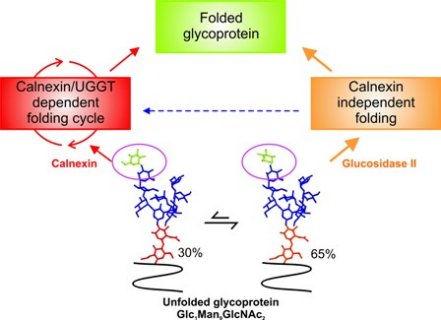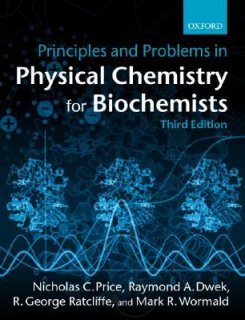Personal Biography
I started out as a chemist, moved into the fields of bioinorganic chemistry and biophysics for my doctorate, and am now a member of the Oxford Glycobiology Institute, part of the Department of Biochemistry in Oxford. My general interests lie in understanding the physical and physico-chemical properties, at an atomic level, of biological molecules and using this information to explain their function. My research focuses on the solution structure and dynamics of oligosaccharides and related compounds, glycopeptides and glycoproteins, using techniques such as nuclear magnetic resonance spectroscopy and molecular modelling. Current projects include studying the oligosaccharides involved in chaperone recognition during protein folding and the building blocks that make up pectin oligomers. I also collaborate extensively, both within and outside the University on projects ranging from antibody recognition of HIV to the systematic synthesis of novel monosaccharides and characterisation of their biological activities.
Figure legend: The structure of the oligosaccharides attached to proteins control their recruitment into the chaperone machinery in the Endoplasmic Reticulum.
Research and Teaching
I have been teaching chemistry at Corpus since 1988 and biochemistry since 1992. I am the Associate Director of Undergraduate Teaching in the Department of Biochemistry and course organiser for the first year Biophysical Chemistry course (co-authoring the standard textbook for this course). I am also the Admissions Coordinator for the undergraduate biochemistry course. I received a Teaching Excellence Award from the University in 2010, a Teaching Project Award from the University in 2012, was one of five people shortlisted for "Most Acclaimed Lecturer in the Medical Sciences Division" in the inaugural Oxford University Student Union Teaching Awards in 2012 and was shortlisted again in 2014.
Publications, Links and Resources
Ataluren, a therapeutic for alpha-1 antitrypsin deficient individuals with nonsense mutations.
E.P. Reeves, C.A. O'Dwyer, D.M. Dunlea, M.R. Wormald, P. Hawkins, M. Alfares, D.N. Kotton, S.M. Rowe, A.A. Wilson and N.G. McElvaney (2018) Am. J. Respir. Crit. Care Med., 198, 1099-1102.
Synthetic chemical inducers and genetic decoupling enable orthogonal control of the rhaBAD promoter.
C.L. Kelly, Z. Liu, A. Yoshihara, S.F. Jenkinson, M.R. Wormald, J.M. Otero, A.M. Estévez, A. Kato, M.H.S. Marqvorsen, G.W.J. Fleet, R.J. Estévez, K. Izumori and J.T. Heap (2016) ACS Synthetic Biology, 5, 1136-1145.
Soluble human TLR2 ectodomain binds diacylglycerol from microbial lipopeptides and glycolipids.
M.J. Jimenez-Dalmaroni, C.M. Radcliffe, D.J. Harvey, M.R. Wormald, P. Verdino, G.D. Ainge, D.S. Larsen, G.F. Painter, R. Ulevitch, B. Beutler, P.M. Rudd, R.A. Dwek and I.A. Wilson (2015) Innate Immunity, 21, 175-193.
N-linked glycan structures of the human Fc gamma receptors produced in NS0 cells.
E.F.J. Cosgrave, W.B. Struwe, J.M. Hayes, D.J. Harvey, M.R. Wormald and P.M. Rudd (2013) J. Proteome Res., 12, 3721-3737.
Modeling of the N-glycosylated transferrin receptor suggests how transferrin binding can occur within the surface coat of Trypanosoma brucei.
A. Mehlert, M.R. Wormald and M.A.J. Ferguson (2012) PLoS Pathogens, 8, e1002618, 1-11.

